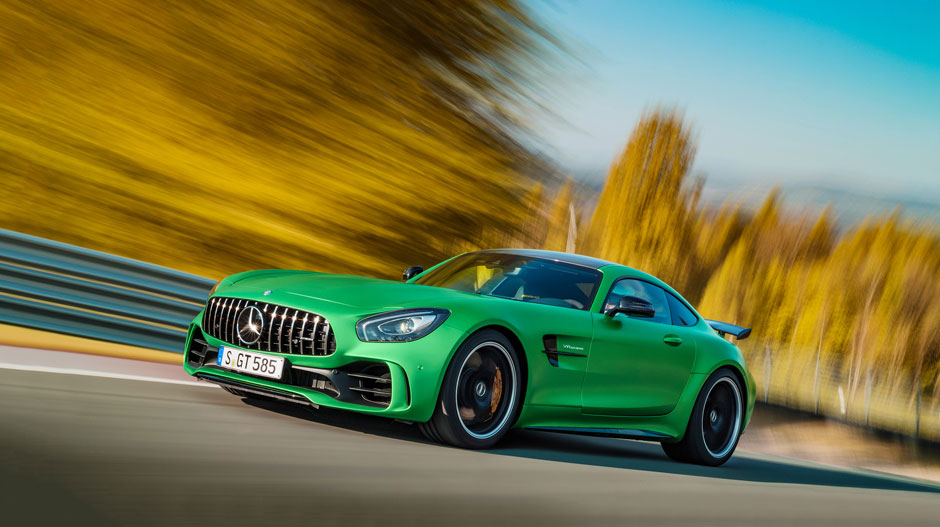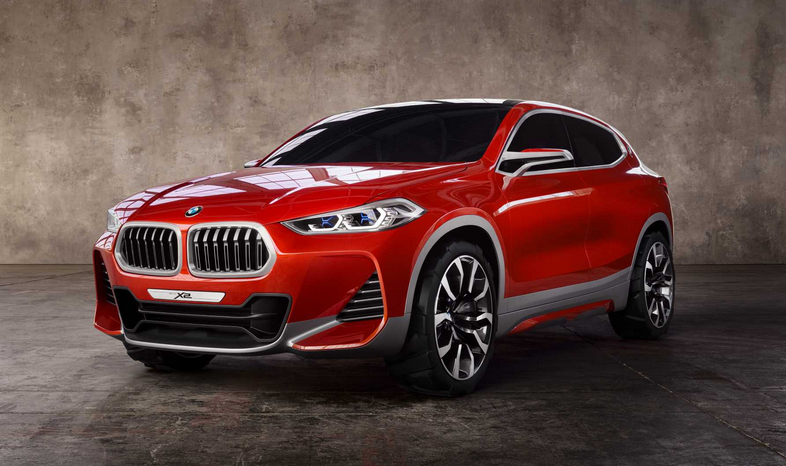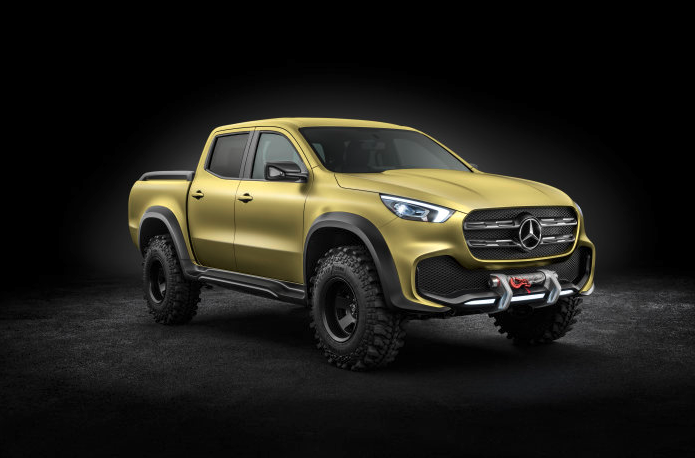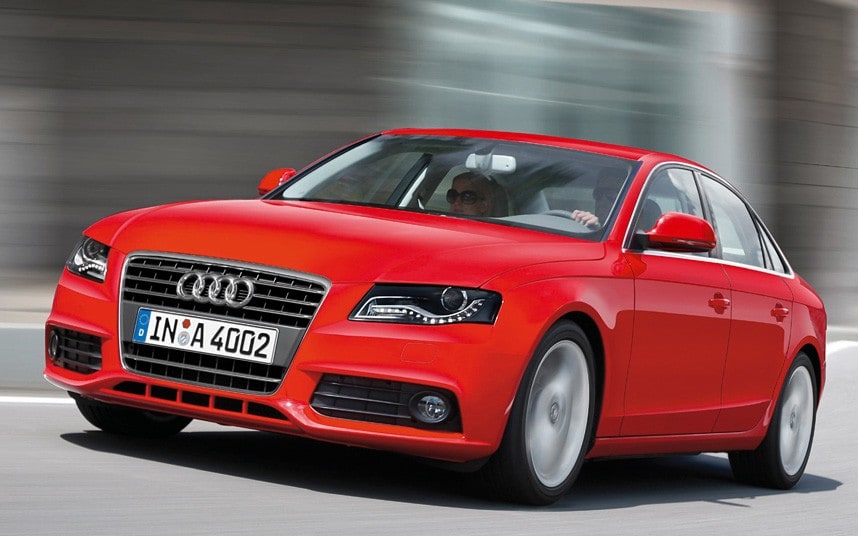MAZDA CX-7: REDEFINING THE CROSSOVER SPORT-UTILITY VEHICLE
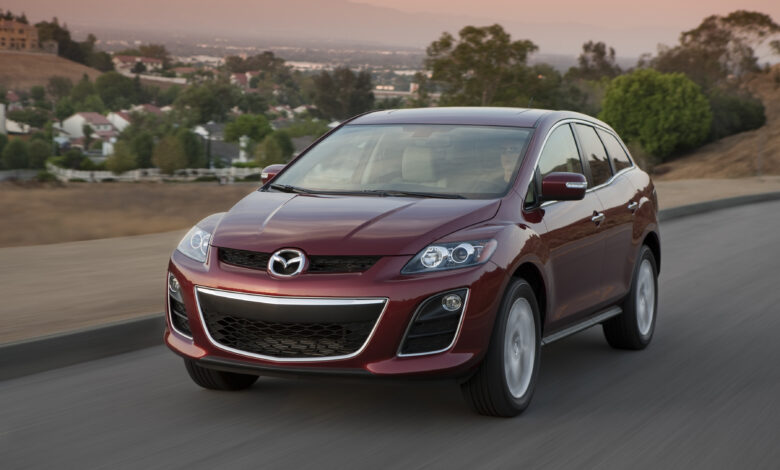
CX-7 is a highly styled crossover utility vehicle (CUV) with a decided soul of a sportscar. Produced entirely on Mazda-derived platform architecture, the five-passenger CX-7 embodies an astute blend of sports car verve and CUV practicality, resulting in a fun-to-drive CUV that represents everything a Mazda should be, and running counter to what most people think a CUV should be capable of.
Along with many exterior and interior design enhancements for 2010, the five-passenger CX-7 received an all-new, naturally aspirated DOHC 16-valve 2.5L MZR four-cylinder engine. Available on i SV, i Sport and now, new for 2011, i Touring models, the inline four delivers 161 horsepower at 6,000 rpm and a maximum torque of 161 lb-ft at 3,500 rpm. It drives the front wheels through a lightweight, highly efficient five-speed sport-shift automatic transmission that provides exceptional performance while returning excellent fuel economy, 20/28 mpg (city/highway). Also offered is Mazda’s outstanding MZR 2.3L DISI Turbo engine, producing 244 horsepower and 258 lb.-ft. torque, and transmission, which powers the upper trim levels. Tuning of this engine has focused on a unique blend of power, efficiency and drivability, all on regular unleaded fuel.
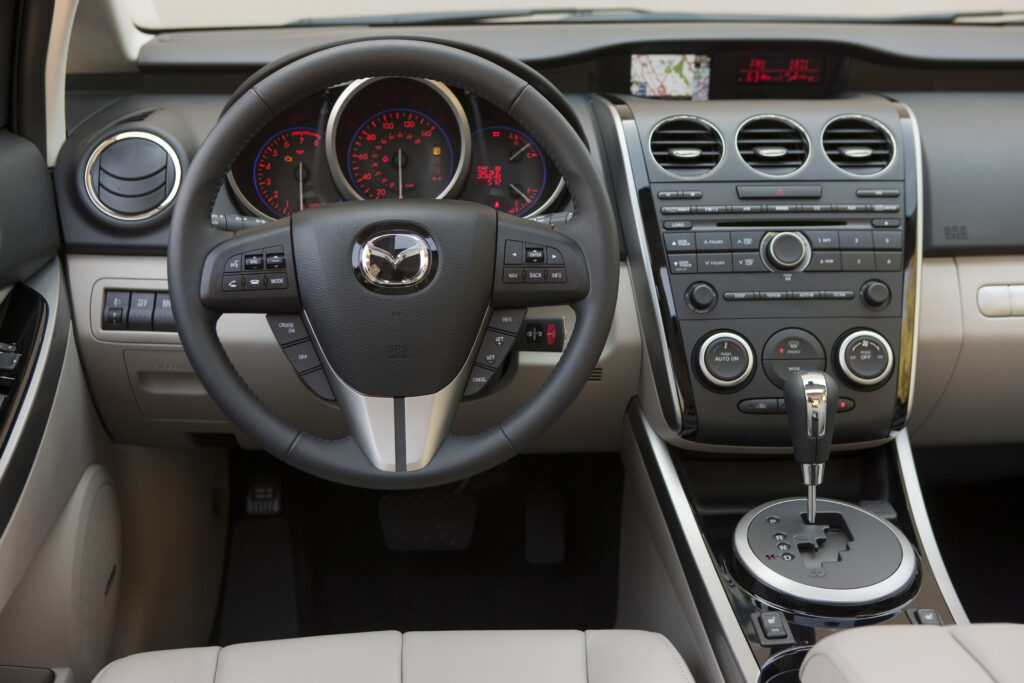
Highlights of the CX-7 include five-speed sport automatic transmission (i models) and six-speed sport automatic transmission (s models), 17-, 18- and 19-inch alloy wheels, Multi Information Display (MID) with available rearview camera (standard on Grand Touring and i Touring and available on s Touring and i Sport), Advanced Keyless Entry and Start System, driver’s seat-position memory, four-way power front passenger’s seat, Bluetooth ® hands-free phone and audio, Blind Sport Monitoring (BSM) System, compact navigation system and rain-sensing wipers.
CHOICE OF TWO DYNAMIC POWERPLANTS
MZR 2.5 I-4 normally aspirated:
Mazda’s MZR 2.5-liter engine, which can also be found in the MAZDA6 and MAZDA3, is known for its excellent fuel economy and drivability. The 2.5-liter DOHC inline-four delivers 161 horsepower at 6,000 rpm and offers maximum torque of 161 lb-ft at 3,500 rpm. By coupling this engine to a light-weight, efficient, five-speed automatic transmission and utilizing a front-wheel-drive layout, this powertrain combination returns fuel economy of 20/28 mpg (city/highway). This drivetrain combination is available on the i SV, i Sport and, new for 2011, the i Touring models, and only in front-wheel-drive configuration.
Advanced features utilized in the MZR-series engines include chain-driven dual overhead camshafts and four valves per cylinder for deep breathing at high revs and efficient torque delivery at lower revs. Counter-rotating balance shafts located in the oil pan provide a dramatic reduction in the vibration and harshness often found in large-displacement four-cylinder engines, and a forged steel crankshaft ensures excellent long-term durability.
Fuel is delivered to the intake ports by an electronically controlled sequential injection system, where the modular ignition coils are positioned directly above the spark plugs for increased efficiency and reduced maintenance and under-hood complexity.
Other lightweight items of note are an aluminum block and head, forged powder-metal connecting rods (to reduce reciprocating weight), and injection-molded, nylon-reinforced-plastic intake manifold which also provides smooth internal passages for more efficient air flow. Overall, the normally aspirated 2.5-liter MZR engine delivers excellent off-the-line and overtaking characteristics, and is a strong match for the CX-7’s dynamics.
MZR 2.3 DISI Turbo
Continuing to be available, and carried over from the previous model years, the CX-7 also is powered by an award-winning 2.3L DISI (Direct Injection Spark Ignition) turbo engine. Engineered to deliver high performance at all engine and road speeds, along with low exhaust emissions and good fuel economy, the MZR 2.3 DISI turbo-charged engine produces up to an enthusiastic 244 horsepower at 5,000 rpm and 258 lb-ft of torque at only 2,500 rpm.
From 2,000 to 5,000 rpm, more than 90 percent of the engine’s maximum torque is available, which makes for a smooth and comfortable driving experience. Unlike other high-performance turbo-charged engines, CX-7’s turbo engine is tuned to run on regular fuel.
The DISI MZR engine uses it own specific aluminum block and head construction, including a specific forged crankshaft and connecting rods for long-lasting durability. A large air-to-air intercooler and direct fuel injection cools temperature inside the cylinders and allows use of a relatively high compression ratio without fear of knocking or pinging – “detonation” in industry terms – that reduces durability.
Utilizing extremely high pressure in the fuel injection system – up to 3,000 psi – allows the fuel to be atomized as it is delivered to the cylinders. This shift in the gasoline’s state from liquid to vapor in the intake manifold as it is injected into the cylinder provides the substantial cooling effect. The low charge temperature permits the application of a 9.5:1 compression ration, boosting low- and mid-range torque by approximately 10 percent over conventional turbo engines.
Low exhaust emissions are achieved by connecting the catalytic converter directly to the turbocharger to shorten the time required for the catalyst to reach its effective operating temperature. The CX-7 meets stringent federal Tier 2 Bin 5 and California LEV-II emissions standards.
A six-speed Sport AT automatic transmission also provides full manual control demanded by assertive drivers. Shifts are crisp, in keeping with CX-7’s sports car character.
Two drivelines are offered with the DISI turbo engine: Front-Wheel Drive or Mazda’s Active Torque-Split All-Wheel- Drive. The latter system uses a computer-controlled coupling integrated with the rear differential to deliver up to half the available torque to the rear wheels on demand.
Sensors monitor engine information, individual wheel speeds, Anti-lock Brake System (ABS) operation, and the CX-7’s standard Dynamic Stability Control (DSC) system to optimize torque distribution. Whether the driving conditions are dry and fast or slippery and moderately paced, exceptional stability is assured.

